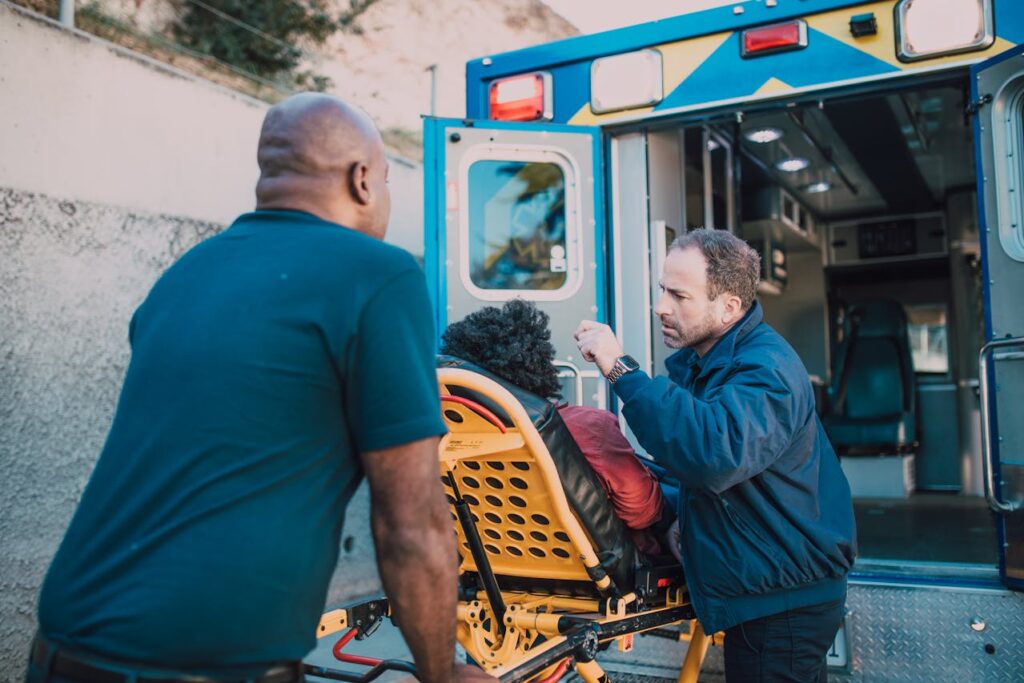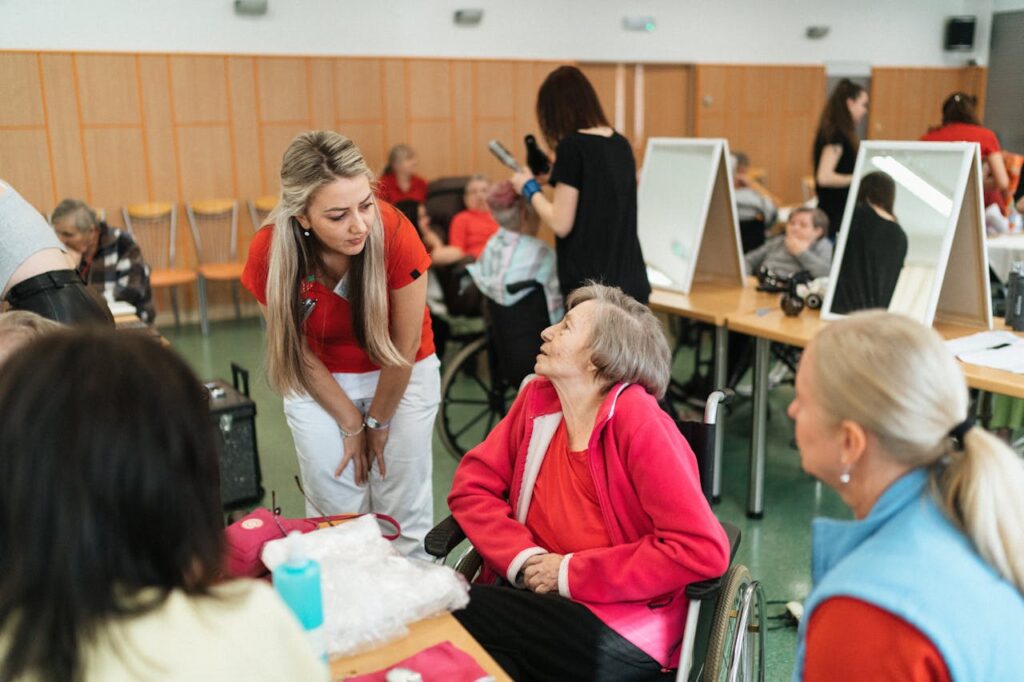The Lifeline of Safety: Understanding Medical Alert Systems for Seniors
The Lifeline of Safety: Understanding Medical Alert Systems for Seniors When it comes to the safety and well-being of our senior community, staying ahead with modern aids can make a difference in comfort, independence, and most importantly—peace of mind. Today, we’re unpacking the pivotal role of medical alert systems in the lives of seniors and those who care for them. This comprehensive discussion will walk you through the nuts and bolts of these innovative safety platforms, showcase their myriad benefits, and point you toward choosing the system best suited for your needs. Medical alert systems, which can seem like something straight out of a science fiction narrative, have become a lifeline for many seniors and their families, instilling confidence in solitary living and providing rapid assistance during times of duress. But what is it that makes this technology so essential, and how can it truly enhance the day-to-day life of those in their golden years? Understanding Your Medical Alert System Imagine a personal connection to safety, a direct line to help in the event of a medical emergency, and a guardian angel that’s always by your side—this is the essence of a medical alert system. At its core, a medical alert system consists of a wearable device equipped with a panic button, which, when pressed, communicates with a monitoring center staffed 24/7 by professionals who can dispatch emergency services or contact a designated family member or caregiver. But there’s more than meets the eye to these guardian systems. Over the years, these technologies have advanced to provide additional services and features, such as fall detection, GPS tracking, and even integration with smart home technology. For seniors who desire to remain active and independent, or for those with health conditions that require close monitoring, these can be life-changing devices. Types of Medical Alert Systems Medical alert systems come in various forms to cater to different lifestyles and needs: In-Home Systems: These are ideal for seniors who spend the majority of their time at home. They consist of a base unit and a wearable device with a range of up to 1,300 feet. Mobile Systems: Suited for active seniors, these systems incorporate GPS technology and cellular connectivity to provide help wherever the user goes. Wearable Devices: Compact and easy-to-use, these are typically worn around the wrist or neck, ensuring seniors have a direct line to help at all times. Smartwatch Integration: The latest trend is the integration of alert system functionality into devices such as smartwatches, making safety features even more seamless into everyday life. In essence, the key to their operation is simple—user presses the button, system contacts the monitoring center, and help is on the way. Yet, the peace of mind this brings is immeasurable. The Benefits for Seniors are Unmatched The advantages of having a medical alert system transcend just the individual—it’s a breath of fresh air for the whole family. For seniors, the primary benefits revolve around immediate access to help. In the event of a fall, an unexpected health issue, or even a rare instance of crime, having the assurance that aid is just a button-push away can significantly boost confidence, reduce anxiety, and encourage a more active lifestyle. Enhanced Safety and Security A medical alert system ensures that no matter the time of day or night, seniors can feel secure, knowing that assistance is readily available. Immediate Access to Emergency Help The speed of response is critical in life-threatening situations. These systems ensure that emergency services reach seniors as quickly as possible. Peace of Mind The simple act of installing a medical alert system can result in a world of difference for seniors and their families, offering assurance in the face of uncertainty. Choosing The Right System for You Selecting a medical alert system can be overwhelming given the number of options available. Here’s a guide to helping you choose: Consider Your Lifestyle Think about where you spend the most time. Are you more homebound or frequently on the move? Choose a system that aligns with your activities. Evaluate Features Cost is an important consideration. While these devices can be a priceless investment in safety, finding a system that fits within your financial means is crucial. Budget Different systems offer various features such as fall detection, medication reminders, and even temperature monitoring. Assess what features are crucial for your needs. Integrating Medical Alert Systems into Healthcare Packing isn’t just stuffing— it’s a strategic maneuver to counter any unforeseen twists. Working with Emergency Services The integration of medical alert systems with local emergency services ensures that user data and critical information are rapidly conveyed to ER professionals for a more efficient response. Cutting Down on Hospital Visits By providing timely assistance and intervention, these systems often mitigate the need for hospital visits, helping seniors stay at home and healthy. Working with Emergency Services The integration of medical alert systems with local emergency services ensures that user data and critical information are rapidly conveyed to ER professionals for a more efficient response. Looking to the Future Sometimes, despite all our precautions, the unexpected knocks at our door. A hint of panic can be more poisonous than any plant. Emerging Technologies Various emerging technologies such as artificial intelligence and the Internet of Things (IoT) are being explored to make medical alert systems smarter and more responsive. Adapting to Changing Needs Various emerging technologies such as artificial intelligence and the Internet of Things (IoT) are being explored to make medical alert systems smarter and more responsive. User-Experience at the Forefront Various emerging technologies such as artificial intelligence and the Internet of Things (IoT) are being explored to make medical alert systems smarter and more responsive. Conclusion From brave tales of wilderness survival to simple stories of effective use of a first aid sling, anecdotes are the most vivid instruction manuals.


